Can You Use 35mm Lenses On Digital Cameras ?
Yes, it is possible to use 35mm lenses on digital cameras. However, it depends on the camera and lens compatibility. Some digital cameras have a full-frame sensor, which is the same size as a 35mm film frame, and can directly mount and use 35mm lenses without any issues. Other digital cameras have smaller sensors, such as APS-C or Micro Four Thirds, which have a crop factor. In such cases, using a 35mm lens on these cameras will result in a narrower field of view due to the crop factor. Additionally, adapters are available that allow mounting 35mm lenses on digital cameras with different lens mounts, but these may have limitations or affect the functionality of the lens. It is important to check the camera and lens compatibility before using a 35mm lens on a digital camera.
1、 Compatibility of 35mm lenses with digital camera bodies
Compatibility of 35mm lenses with digital camera bodies has been a topic of interest for many photographers. The short answer is yes, you can use 35mm lenses on digital cameras, but there are a few factors to consider.
Firstly, it is important to note that 35mm lenses are designed for full-frame cameras, which have a sensor size equivalent to traditional 35mm film. When used on a full-frame digital camera, these lenses will provide the same field of view as they would on a film camera. However, when used on a digital camera with a smaller sensor, such as an APS-C or Micro Four Thirds, there will be a crop factor that affects the effective focal length of the lens.
For example, a 35mm lens on an APS-C camera with a crop factor of 1.5x will have an effective focal length of 52.5mm (35mm x 1.5). This crop factor can be advantageous for telephoto shots, but it may limit the wide-angle capabilities of the lens.
Another consideration is the compatibility of the lens mount. Most camera manufacturers offer adapters that allow you to mount 35mm lenses on their digital camera bodies. However, autofocus and other electronic features may not work as seamlessly as they would with native lenses. Manual focus and aperture control are usually still possible, but it's important to check the specific compatibility of the lens and camera combination.
In recent years, mirrorless cameras have gained popularity, and many manufacturers have released new lens mounts specifically designed for these systems. These mounts often offer better compatibility with 35mm lenses, as they can be adapted more easily without sacrificing autofocus or other features.
In conclusion, while 35mm lenses can be used on digital cameras, the compatibility and functionality may vary depending on the camera body and lens mount. It is always recommended to research and test the specific combination before making a purchase.
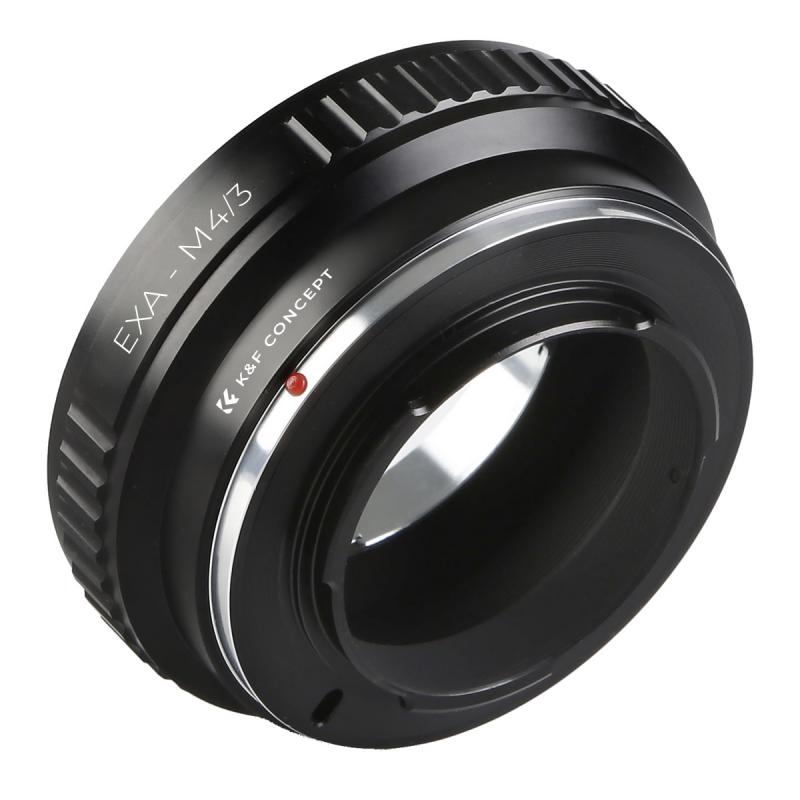
2、 Adapting 35mm lenses for use on digital cameras
Adapting 35mm lenses for use on digital cameras has become increasingly popular in recent years. With the rise of mirrorless cameras and advancements in lens adapters, it is now possible to use 35mm lenses on digital cameras with ease.
One of the main advantages of using 35mm lenses on digital cameras is the ability to take advantage of their optical qualities. 35mm lenses are known for their excellent image quality, sharpness, and wide aperture capabilities. By adapting these lenses to digital cameras, photographers can achieve similar results as they would on traditional film cameras.
Lens adapters play a crucial role in this process. These adapters allow photographers to mount 35mm lenses onto digital camera bodies, ensuring compatibility and functionality. Some adapters even provide electronic communication between the lens and the camera, enabling autofocus and aperture control.
It is important to note that when adapting 35mm lenses for digital cameras, there may be some limitations. For instance, the focal length of the lens may change due to the crop factor of the camera sensor. This means that a 35mm lens on a digital camera with a crop factor of 1.5x would effectively become a 52.5mm lens. However, this can also be seen as an advantage, as it allows for greater versatility in focal lengths.
In conclusion, adapting 35mm lenses for use on digital cameras is not only possible but also highly beneficial. It allows photographers to take advantage of the optical qualities of these lenses while enjoying the convenience and versatility of digital cameras. With the continuous advancements in lens adapters and the growing popularity of mirrorless cameras, this trend is likely to continue in the future.
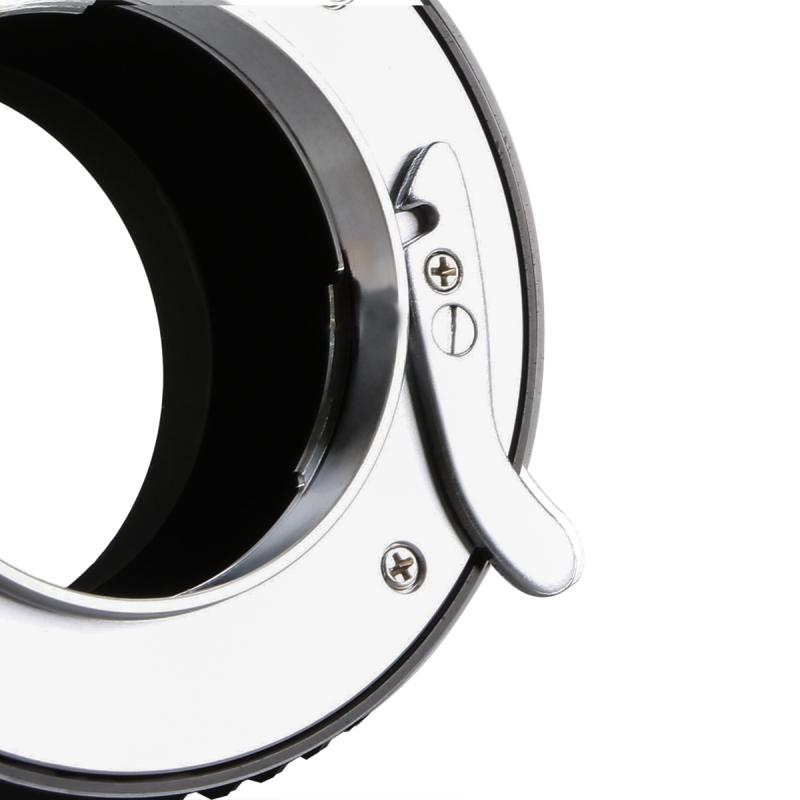
3、 Advantages and limitations of using 35mm lenses on digital cameras
Yes, you can use 35mm lenses on digital cameras. However, there are both advantages and limitations to consider when using these lenses on digital camera bodies.
Advantages:
1. Versatility: 35mm lenses are known for their versatility and can be used for a wide range of photography genres, including landscape, portrait, street, and documentary photography.
2. Wide Aperture: Many 35mm lenses have wide maximum apertures, such as f/1.4 or f/1.8, allowing for excellent low-light performance and shallow depth of field.
3. Compact and Lightweight: Compared to some other lens options, 35mm lenses tend to be compact and lightweight, making them easy to carry and handle.
4. Cost-effective: 35mm lenses are often more affordable compared to specialized lenses, making them a popular choice for photographers on a budget.
Limitations:
1. Crop Factor: When using a 35mm lens on a digital camera with a smaller sensor, there is a crop factor to consider. This means that the effective focal length of the lens will be longer, resulting in a narrower field of view.
2. Distortion: Some 35mm lenses may exhibit distortion, especially when used at wider apertures. This can be corrected in post-processing, but it is an additional step to consider.
3. Autofocus Compatibility: Older 35mm lenses may not have autofocus capabilities or may not be compatible with the autofocus systems of certain digital camera bodies. Manual focusing may be required in such cases.
4. Image Quality: While 35mm lenses can produce excellent image quality, some may not perform as well on digital camera bodies due to factors such as lens coatings or sensor technology. However, advancements in lens and camera technology have significantly reduced this limitation in recent years.
In conclusion, using 35mm lenses on digital cameras offers versatility, wide aperture options, and cost-effectiveness. However, it is important to consider the limitations such as crop factor, distortion, autofocus compatibility, and potential differences in image quality.
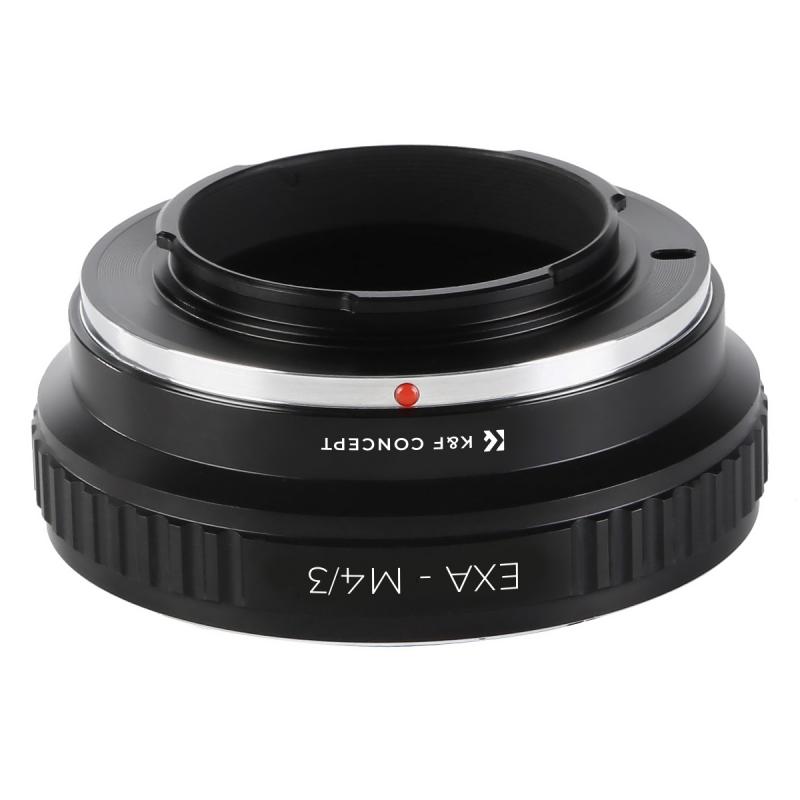
4、 Image quality considerations when using 35mm lenses on digital cameras
Yes, you can use 35mm lenses on digital cameras. However, there are some image quality considerations to keep in mind when doing so.
One of the main factors to consider is the crop factor. Most digital cameras have a smaller sensor size compared to traditional 35mm film, resulting in a crop factor. This means that the effective focal length of the lens will be multiplied by the crop factor. For example, a 35mm lens on a camera with a crop factor of 1.5x will have an effective focal length of 52.5mm. This can affect the field of view and the overall perspective of the image.
Another consideration is the resolution of the digital sensor. Older 35mm lenses may not be able to fully resolve the high megapixel count of modern digital cameras, resulting in a loss of sharpness and detail. However, many newer lenses are designed to meet the demands of high-resolution sensors, so this may not be a significant issue with more recent lens models.
Additionally, some 35mm lenses may exhibit more chromatic aberration or distortion when used on digital cameras. This can be corrected in post-processing, but it is something to be aware of when shooting.
Overall, using 35mm lenses on digital cameras can still produce excellent image quality, especially with newer lens models that are designed to meet the demands of digital sensors. However, it is important to consider the crop factor, lens resolution, and potential aberrations when making the switch from film to digital.
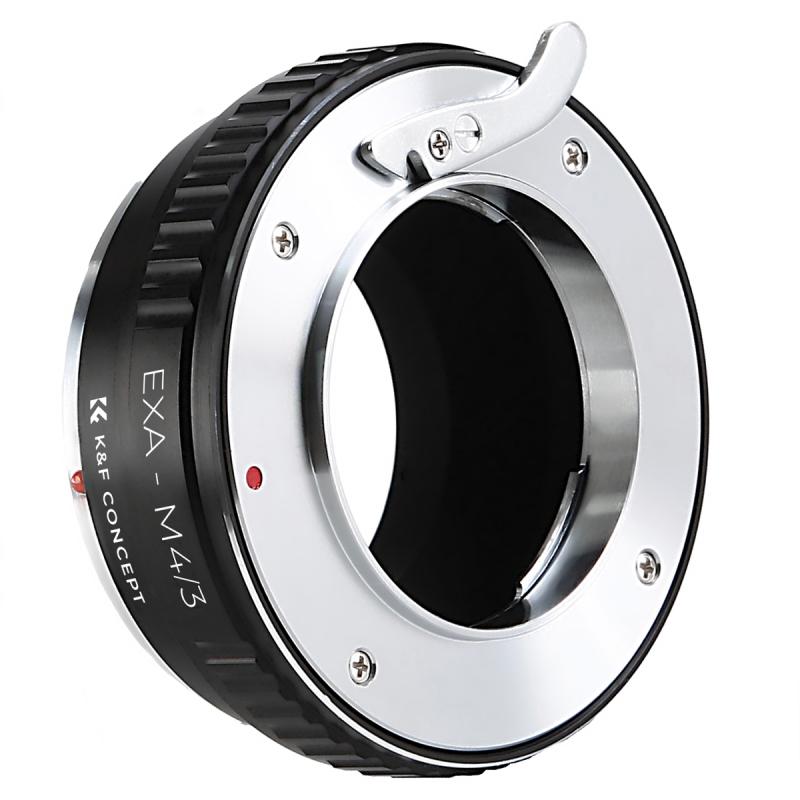

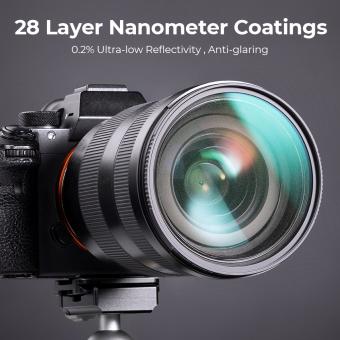
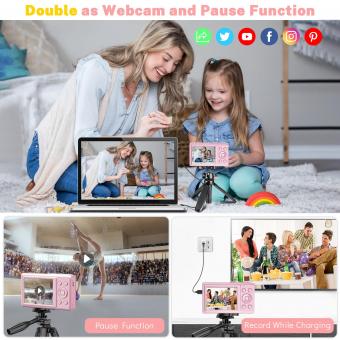








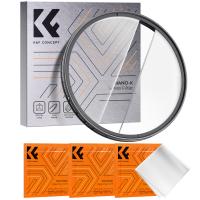
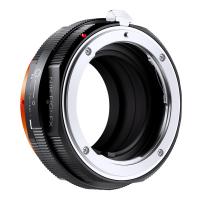
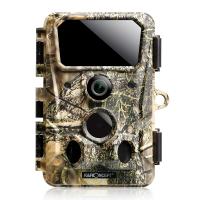


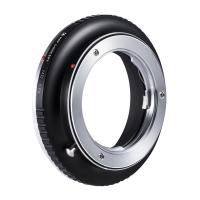



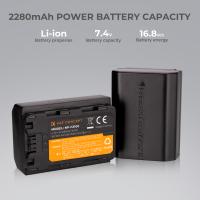

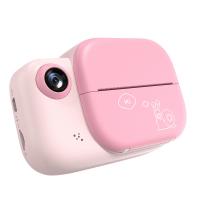
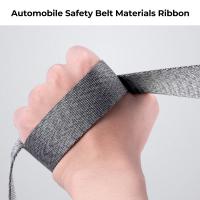

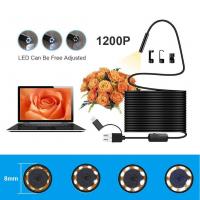



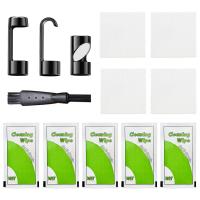
There are no comments for this blog.